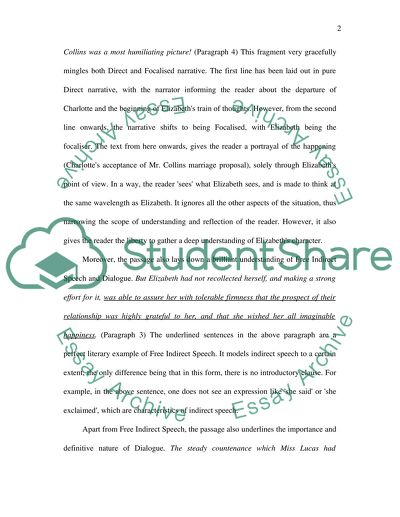Cite this document
(“In a continuous esssay of not more than 1,000 words, analyse this Essay”, n.d.)
Retrieved from https://studentshare.org/environmental-studies/1409901-in-a-continuous-esssay-of-not-more-than
Retrieved from https://studentshare.org/environmental-studies/1409901-in-a-continuous-esssay-of-not-more-than
(In a Continuous Esssay of Not More Than 1,000 Words, Analyse This Essay)
https://studentshare.org/environmental-studies/1409901-in-a-continuous-esssay-of-not-more-than.
https://studentshare.org/environmental-studies/1409901-in-a-continuous-esssay-of-not-more-than.
“In a Continuous Esssay of Not More Than 1,000 Words, Analyse This Essay”, n.d. https://studentshare.org/environmental-studies/1409901-in-a-continuous-esssay-of-not-more-than.


